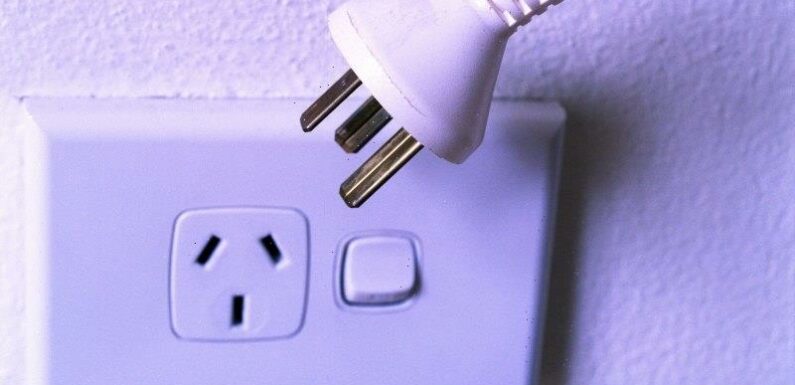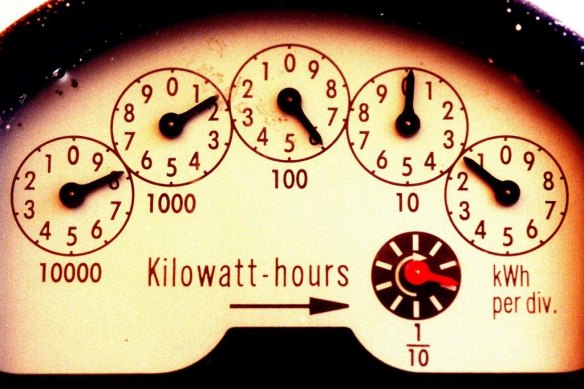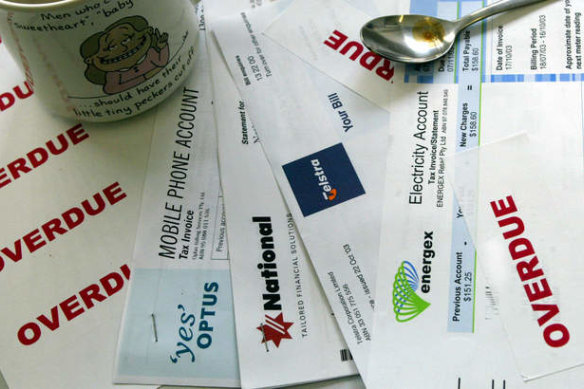
Early in my term as chair of the Australian Energy Regulator I was asked to give a speech on consumer vulnerability. I think the topic of the speech was “getting to fairness”.
I struggled over what I would say because I have been heavily involved in the development of the energy system over the last 20 years and “fairness”, in my experience, has just never been one of the objectives. As an economist, I railed at how to come to grips with “fairness” when I was much more comfortable with terms like “efficiency”.
Fairness has never been one of the objectives of the energy system.Credit:Jessica Shapiro
In preparing that speech, I forced myself out of the textbooks and into my own personal experience. I reflected on an encounter I’d had at that time with one of my family members. I had spent hours helping her navigate the Victorian Energy Compare website searching for the best energy plan for her.
It is a great website but it was still complex and confusing. Not even I was certain I had really found the best deal for her circumstances (which is frightening given I do this for a living). A week later, I asked her how she had gone switching to her new energy plan and she said she hadn’t done it. She couldn’t access the offer online and, due to her chronic anxiety, she couldn’t get through the switching process via the call centre. She had tried but had become overwhelmed and hung up after struggling to explain to the agent the plan she was looking for.
Our energy markets were designed with a narrow view of vulnerability. Our assumption had been that financial disadvantage was our primary concern and that governments would fix that through income transfers. The energy system didn’t need to get involved in social policy.
With the best of intentions, we designed the most efficient market we could with the naive belief that it would deliver the best outcomes for all consumers. What we delivered was an incredibly complex market that even energy professionals like me can struggle to engage with. Yet we know that 44 per cent of Australians are insufficiently literate to get by in everyday life. So, in that context, are complex energy markets fair?
The AER took the view that it didn’t need to get involved in social policy.Credit:Robert Rough
We designed a market that assumed consumers could, and would, shop around to get the best possible deal and assumed that those who didn’t shop around could afford not to. But we know that for a range of reasons, including in some cases mental health challenges, some consumers can’t shop around and access that better offer. Is it fair that those consumers who can’t shop around pay the highest prices in the market?
Around a third of Australians rent their homes and are more likely to live in homes with poor energy efficiency. In fact, low-income households spend double the percentage of their disposable income on energy than average income households.
While governments have put in place a range of energy concessions and rebates to try and address the financial disadvantage facing energy consumers, retailers alone face the risk of customer default and non-payment. Their only recourse? Disconnection. Is it really our community expectation that if you can’t afford your energy bills then you will live without an essential service like energy?
Probably not – so in designing the market we put (some) limitations on retailers’ ability to disconnect their customers for non-payment. But by the time a customer defaults on their bill, retailers have already paid the electricity generators and the poles and wires businesses for the energy these customers consume. Is it fair that retailers should wear the risk of customers’ inability to pay their bills on behalf of the whole sector?
Around 2.7 per cent of residential energy consumers have debt longer than 90 days. For people at that point, the average debt is $1000. By the time they get access to a hardship program, that average debt has often grown to more than $1700. For a quarter of those customers their debt is greater than $2500. When your budget might allow a spare $5 or $10 a week, coming back from $2500 worth of energy debt would be almost impossible. It would certainly feel insurmountable.
The research tells us that identifying consumers experiencing vulnerability early, believing their experience and getting the “right” supports around them are key to ensuring they can get back on their feet.
Energy is an essential service. It is essential to people’s daily lives, jobs, health and wellbeing and we generally cannot choose not to consume energy. It is therefore important that the energy market is inclusive of all consumers, does not create or compound harms and barriers to participation, and provides affordable energy.
On Thursday the Australian Energy Regulator will release our consumer vulnerability strategy – Towards energy equity: A strategy for an inclusive energy market.
It details 15 specific actions: to tackle market complexity, remove barriers to participation, increase consumer protections, and improve affordability by reducing the cost to serve customers.
We can, and must, do better.
The Opinion newsletter is a weekly wrap of views that will challenge, champion and inform your own. Sign up here.
Most Viewed in National
From our partners
Source: Read Full Article

